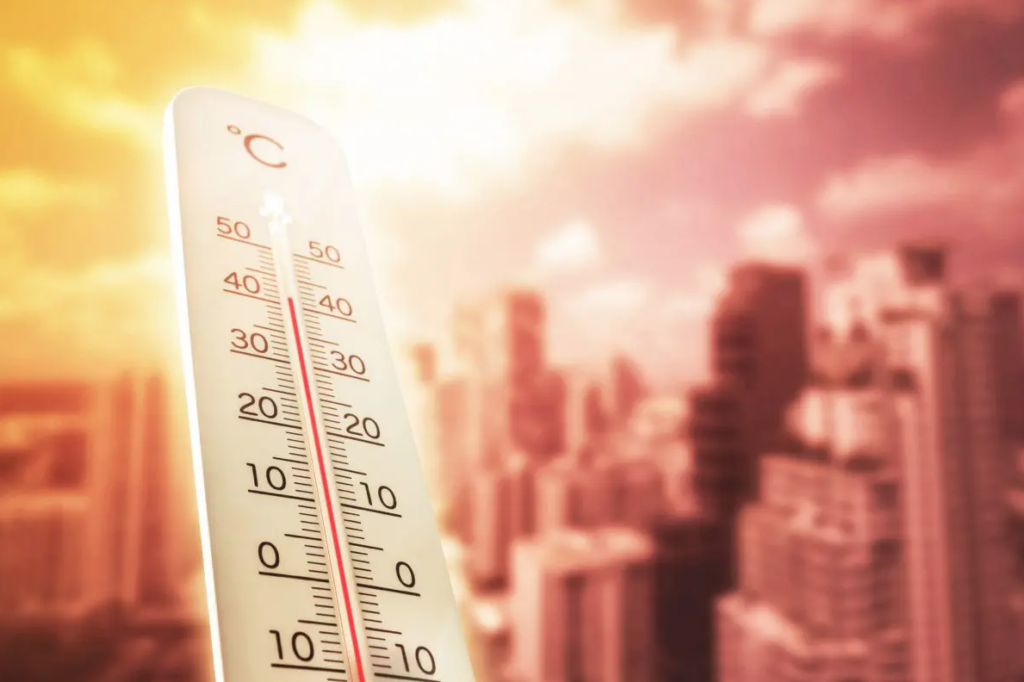For scientists, it is not enough to reach the goal of the 2-thirds of the Paris agreement
(Sustainabilityenvironment.com) – Without aggressive emission reduction action, the heat record experienced this summer in different parts of the world will become the norm. This is reported by a new scientific study that wanted to calculate the impact of global warming on human exposure to very high temperatures. This is not the first time the scientific world has warned of the hot future humanity is destined to. But the research carried out by Lucas Vargas Zeppetello of Harvard and colleagues takes a step forward. “Although several studies have estimated the expected increase in heat exposure due to climate change, probabilistic projections have not been published,” reads the article published in Communications Earth & Environment. “Partly because estimates of climate change impact usually depend on deterministic climate models performed with only a handful of scenarios on greenhouse gas emissions”.
The authors have produced a wide range of possible scenarios for Earth 2100 demonstrating how the choices on emissions made today can still affect the creation or not of a habitable future. In detail, the study examines a combination of temperature and air humidity known as the “heat index” that measures the impact of heat on the human body. A “dangerous” heat index is defined by the National Weather Service as 39.4 °C. A “extremely dangerous” index would reach 51°C and seriously affect human health.
“These standards were initially created for people who worked indoors in places like boiler rooms: they were not meant as verifiable conditions in outdoor and environmental environments. But now we are seeing this,” explains Vargas Zeppetello.
Heat record, you can still prevent it from becoming the norm
The research correlates the emissive scenarios with the effects of global warming. And he notes that even if countries manage to reach the goal of the Paris agreement to keep the heating at 2 ºC, exceeding the “dangerous” threshold will be three to 10 times more common by 2100 in the United States, Western Europe, China and Japan. In the same scenario, dangerous days could double by 2100 in the tropics, covering half the year.
In the worst-case scenario with uncontrolled growth emissions, “extremely dangerous” conditions could become common in countries closest to the equator, particularly in India and sub-Saharan Africa.
“It is extremely frightening to think what would happen if 30-40 days a year they exceeded the extremely dangerous threshold,” stressed Vargas Zeppetello. “These are scary scenarios that we still have the ability to prevent. The study shows you the abyss, but also that we have some chance to prevent such scenarios from occurring”.

